Philip Fox
7 March 1878 - 21 July 1944
Artist and Astronomer
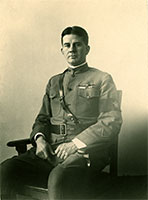
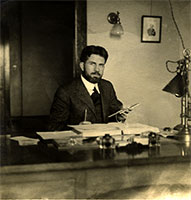
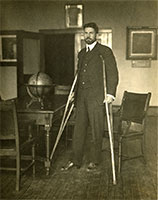
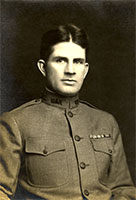
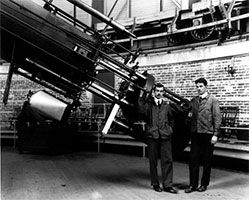
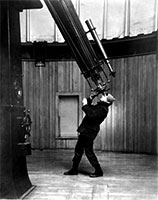
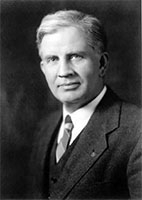
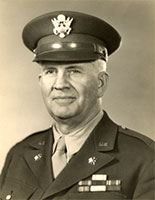
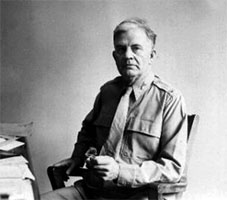
More pictures
Born and raised in Manhattan, Kansas, he had his schooling through
college at Kansas State Agricultural College. Shortly after graduation he
enlisted in the 20th Kansas, saw service in the Philippines being promoted to
2nd Lt. in the field. He was mustered out in San Francisco as totally disabled
with a life expectancy of less than 1 year.
He recovered completely (thanks to the nursing of his mother) and took his senior year again at Dartmouth where his
cousin, Earnest Fox Nichols, was head of the Physics Department and later
President, and where he was a student of E. B. Frost. They persuaded him to seek
a career in astronomy, and Frost later arranged for him to have a graduate
fellowship at Yerkes Observatory of the University of Chicago at Williams Bay,
Wisconsin.
After his marriage to Ethel Snow, he continued his graduate work in astronomy in
Berlin, where Steve was born in 1906. He then returned to Yerkes on the staff,
where Bert was born in 1908. In the following year, 1909, he became director of
the Dearborn Observatory of Northwestern University at Evanston, Illinois where
Trudie and Bob were born. He continued as Professor of Astronomy and Director of
the observatory until
his resignation in 1929, with time out for Army duty in the U.S. and France in
World War I at the rank of Major.
In 1929 he accepted the directorship of the Adler Planetarium and Astronomical
Museum in Chicago, the first planetarium in the U.S. He resigned that post in
1937 to become director of the Museum of Science and Industry, founded by Julius
Rosenwald in Chicago. He served in that capacity until he was summarily forced
to resign in 1940.
Not long thereafter he went on active duty as a Colonel in the Army and wound up
his military career at Harvard and M. I. T. in command of Signal Corps officers in
The Electronics Training Center and Underwater Sound Laboratory. When he was
retired for age from the Army, he continued to serve the same liaison function
between the military and universities as a member of the Harvard faculty until
his death on July 21, 1944.
Last updated
03/05/2005

